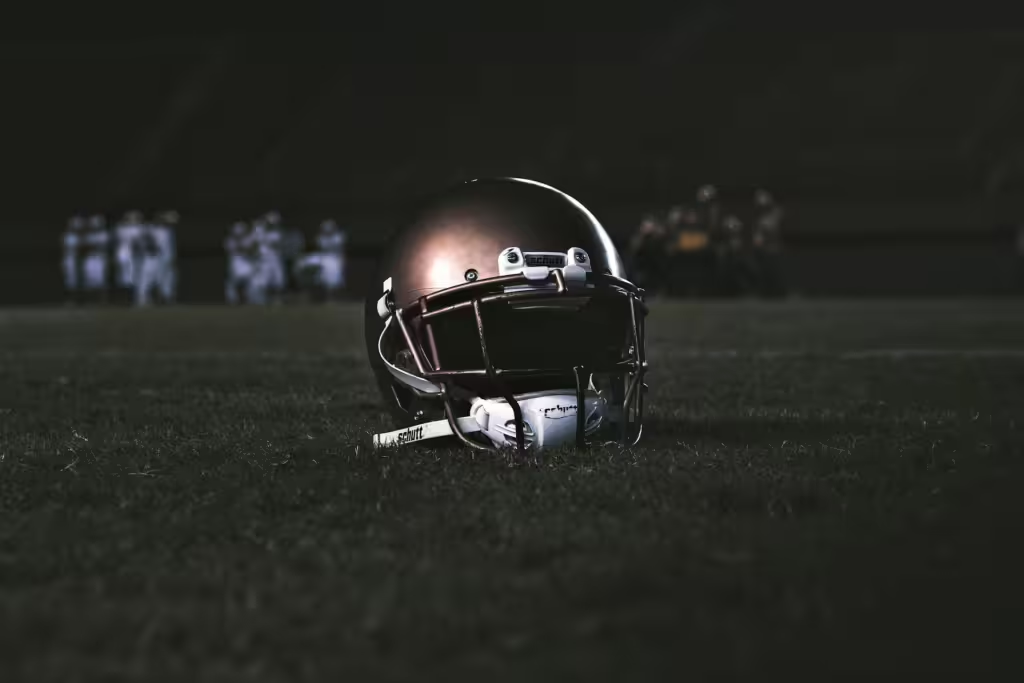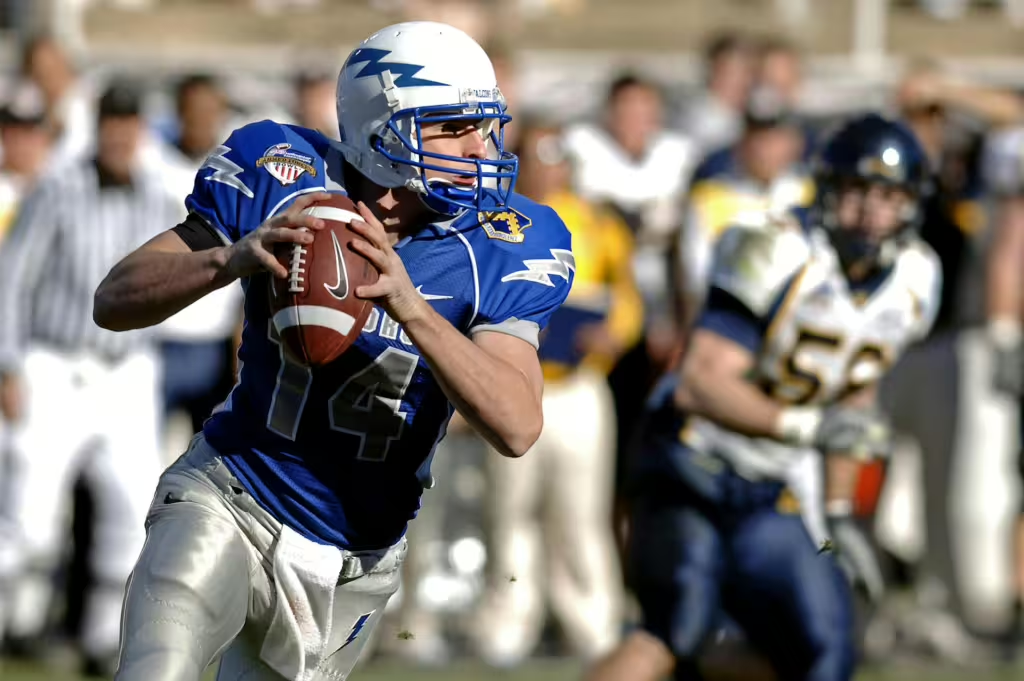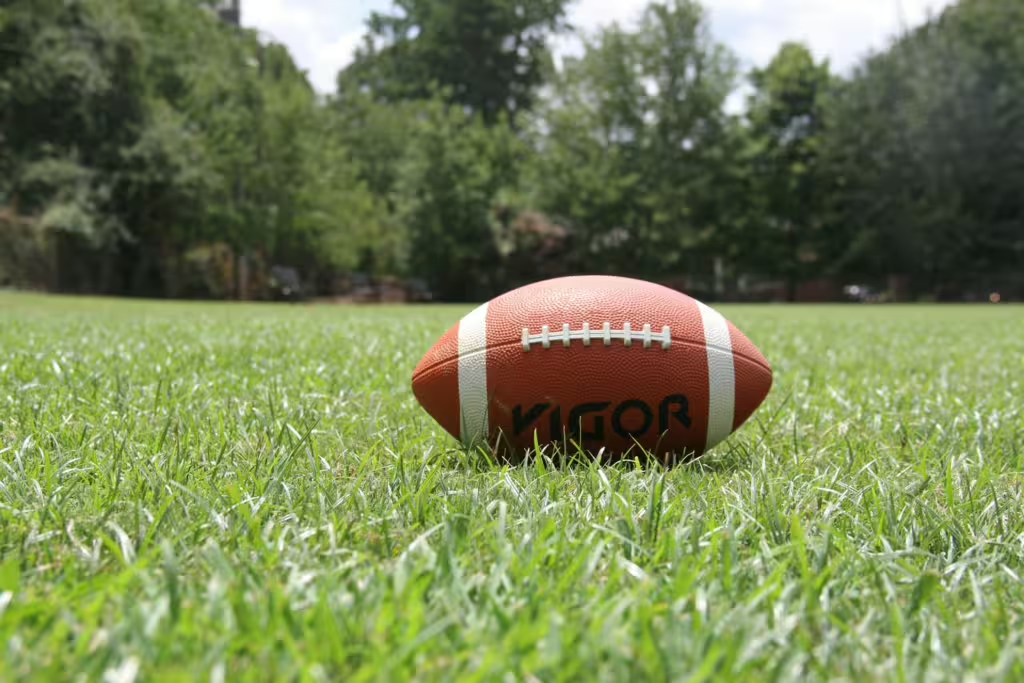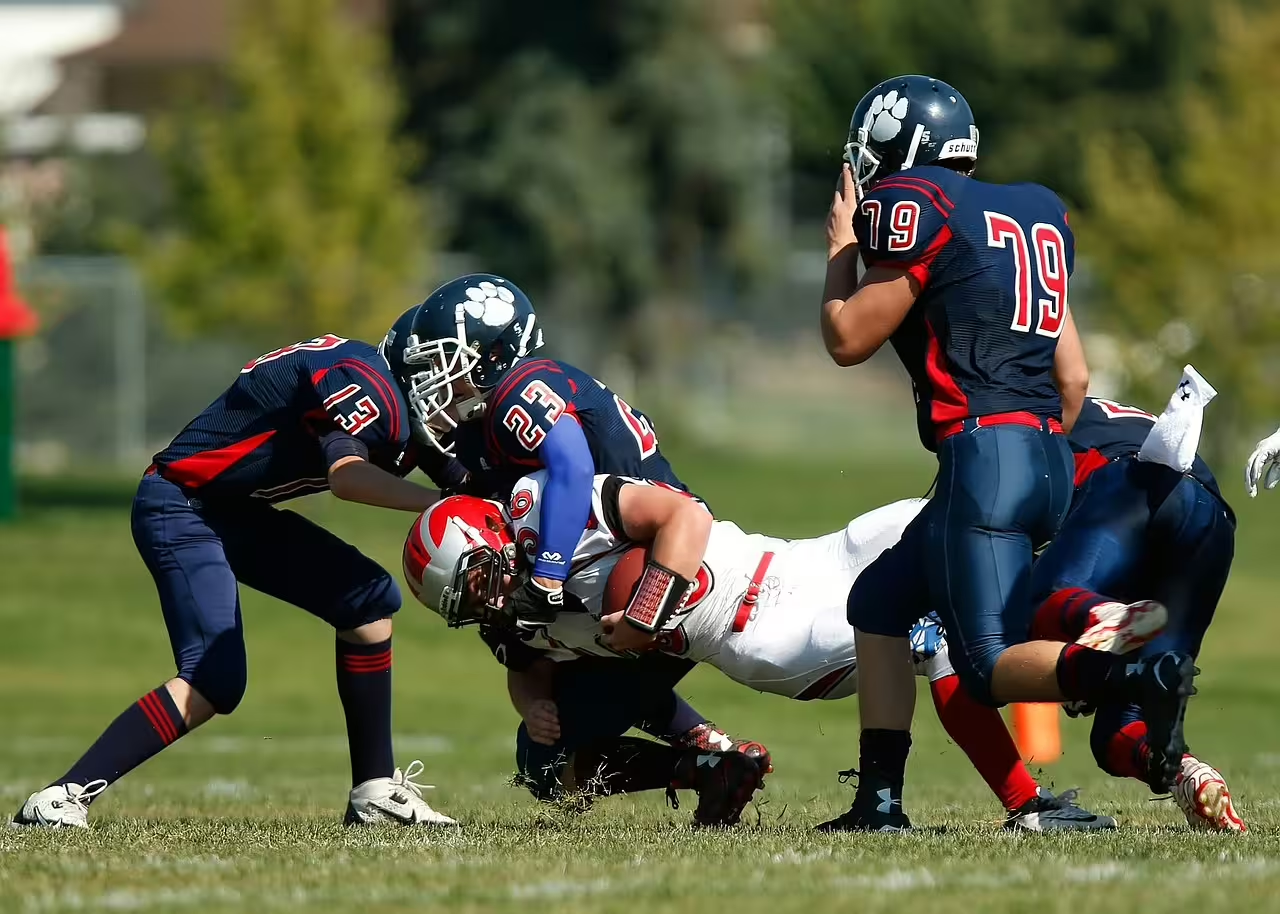Football is one of the most popular sports in the United States. Not only is it popular among sports enthusiasts and even casual sports fans, it also happens to be one of the most popular youth sports in terms of enrollment. Moreover, football offers children and young adults a multitude of benefits social, physical, and mental benefits.
Through playing, kids learn the importance of teamwork, strategy, physical fitness, and discipline. At the same time, joining a youth football team could help your child to develop make new friends and forge important social connections, all while staying active and picking up new skills. However, before signing their child up for football, it’s important for parents to assess whether they’re kid is actually ready for the sport.
It might seem like a needless consideration, all things considered, but football’s requirements are as multi-faceted as its benefits. Certainly, football can be an exciting, rewarding sport for young athletes and even small children, but there are still several factors parents need to consider before enrollment: safety, physical readiness, and the right league choice, all counted among them.
In this article, we will help you take those aforementioned factors into consideration. We will walk parents through the key factors so that they can decide if their child is ready for football, with confidence. Finally, we will teach concerned parents how to navigate the various league options that will likely be available to them as they seek out youth football organizations for their child.
Physical Readiness

Those of us who have ever witnessed a football game, and especially for those of us who have had the chance to play in one, understand that football requires an intense combination of strength, speed, and agility. Kids do not always possess these characteristics right off the bat, but they are capable of cultivating them over time. Either way, before you have your child join a youth league, it’s important that you as a parent assess if they have the physical stamina and coordination needed to play, much less succeed, in the sport.
We talk about sports an awful lot, so we know by now that not every child is a pro player in the making. That said, they do have to be able to keep up with the physical demands of the sport they want to play. This can often prove challenging, as younger kids often enjoy the idea of playing football, but just are not able to meet the intense physical demand. A good way to assess this, from a parent’s point of view, is to look at a few simple skills. For instance, if your child able to run long distances, change direction quickly, and handle bursts of intense activity, they might just be ready for pee wee football.
It’s important to note that the specific physical requirements do in fact vary by age group, so they won’t be expected to play above their current level, necessarily. In addition, most youth football leagues will provide drills and exercises to help players build the strength and skills they need to play at the required level. Then again, if your child is new to sports, in general, or if they have limited experience with running and physical activity, it might be helpful to gradually build up their stamina first, before committing to the football team. Parents can facilitate this through activities like running, biking, or swimming.
Signs your child may be ready for football:
- If your child is physically active and enjoys running, jumping, or playing games that involve coordination; they might be ready.
- If your child shows that they have the endurance to handle several hours of physical activity; it could be time to consider football.
- Finally, if your child shows interest in learning the game and are excited about being part of a team; it might be time to sign them up!
Understanding of the Game
Football might not seem complex to a layperson, but it involves a number of rules and strategies that don’t always make sense to the uninitiated. Now, we’re not saying that young children don’t need to understand every rule from the start if they want to play, but they should be ready to learn and understand the basic concepts of football in time. During the course of their football career, they will learn things such as positions, objectives, and the flow of the game. Before joining a league, you’re going to want to talk to your child about all of the things that football involves.
Parents should keep in mind that many youth leagues offer developmental programs that focus on teaching kids the fundamentals of football, so even beginners can participate. Such programs are designed to ensure that kids don’t feel overwhelmed, while also making the game fun and approachable for any and all children.
Signs your child may be ready to play football:
- If your child shows an interest in learning the game and are willing to listen to coaches; it’s football time.
- If they enjoy activities that involve teamwork and following directions…odd to be sure, but you never know. If so, they are ready to play football.
- If your child is comfortable with some level of competition and are excited to be part of a team, then football awaits.
Safety Concerns
One of the biggest concerns parents have when it comes to organized sports, especially football, has to do with safety. There’s no waffling about on this one, football is a contact sport, and injuries—especially to the head, neck, and joints—can occur with surprising regularity. Any parents who have kids enrolled in youth sports understand that the risk of injury is always present. Fortunately, football leagues understand that it is much more common due to the contact nature of the sport, so they take safety very seriously. Parents needn’t worry too much though. There are several measures in place to protect young players. In fact, many leagues now require mandatory protective gear, such as helmets, shoulder pads, and mouthguards, for their players. Also, the most modernized versions of these are specifically designed to reduce the risk of injury.
Nevertheless, it’s still important for parents to consider how comfortable they are with their child playing a contact sport. It isn’t just the parental wishes that need to be taken into consideration, either. Some children might feel intimated or anxious about the proposition of physical contact in football. At the same time, some children may not be ready for the level of intensity that football requires. Parents, if you have concerns about injuries or safety, you may want to do a little research before jumping into the first pee wee league you find. Explore alternatives, such as leagues that emphasize safety and non-contact play or even flag football leagues.

Safety tips to consider:
- Parents should ensure that their child is properly fitted for equipment, including a helmet, pads, and mouthguard.
- Parents should also make sure the league your child joins prioritizes safety measures, such as certified coaches, concussion awareness, and injury prevention.
- If you’re considering starting with flag football or non-contact leagues, make sure to find leagues that focus on skill-building without the physical risks.
Emotional Readiness
Football, as with any sport, is a mentally and emotionally demanding activity for kids to take part in. This means that children need to be ready to handle both the highs of victory and the lows of defeat. If your child wants to play football, take a moment ask yourself questions like; Does my child enjoy being part of a team? Is my child able to handle losing without becoming discouraged or frustrated?
Remember that football can be intense, even for the most intense young people. Football often has demanding practices requires more focus and discipline than other sports such as baseball. Thus, parents should take time to consider how their child typically responds to these types of challenges.
It’s also important to evaluate whether your child is ready and able to listen to a coach and follow instructions. If they are acting up at home, willful at school, or presenting intense disciplinary problems, they might not be mentally ready. Keep in mind that coaches in pee wee leagues might be lenient, but those in youth football leagues can be far more strict, so your child will need to be open to feedback and guidance. Additionally, football requires a lot of teamwork and kids don’t always understand the importance of cooperating with teammates and supporting others right away. These aspects may be ones that you wish to impart before sending them off to join a league.
Signs your child may be emotionally ready for football:
- If your child enjoys participating in group activities and have a positive attitude toward teamwork; football could be for them.
- If your kid can handle losing or making mistakes with resilience, without letting it affect their confidence; then go ahead and throw em’ a pigskin.
- Finally, if your child is to challenge themselves and learn new things, even if it means they might fail initially; they are ready for the field.
League Options and What to Look For
When it comes to youth football leagues, parents have several options available to them. Remember, each league will have its own structure, rules, and level of competition, so it’s important to choose the one that fits your child. To do this, remember to take the child’s age, skill level, and temperament into consideration. Here are some common league options:
Flag Football Leagues
Flag football is first because it happens to be the only real non-contact version of football. Flag football emphasizes skill development without the need for any physical tackling, which makes it a great option for younger players. Children who are be hesitant about contact sports will also feel more at ease trying out flag football first. Flag football leagues focus on learning the basics of the game, teamwork, and sportsmanship, above other concerns. Thus, making it a great entry point for kids who want to try football without the risks of getting flattened by bigger, stronger players.
Pop Warner or Other Full-Contact Leagues
For those parents looking for some brand name recognition in their youth football leagues, Pop Warner might be your best option. Pop Warner is one of the most popular youth football leagues in the entire United States. The league offers opportunities for full-contact football and takes children from ages 5 to 15. Their full-contact status notwithstanding, this league still emphasizes player development, safety, and education above the need for victory. If your child is interested in playing tackle football, Pop Warner and similar leagues are a great way to provide a structured environment with strict safety protocols.
School or Community-Based Leagues
Local options are sometimes the best and most affordable options for youth sports. In fact, many schools and local community centers offer recreational football leagues. While these leagues can vary in competition level, the general focus is often on fun, participation, and skill-building. These leagues tend to be the best choice for children who are just starting out or who want to play in a less competitive environment. That is, until they get to high school, and the level of competition certainly amps up.
How to Get Involved
Once you’ve assessed your child’s readiness, the next step is to get yourself involved in the process. Parents should reach out to local football leagues, school programs, or community centers to find out all they can about registration, practice schedules, and league rules. Remember to inquire about the league’s safety measures, coaching staff, and equipment requirements when you make contact. Also, it might be a good idea to attend a practice or game to observe how the league operates and how the players are coached.

Cultured Athlete Says…
As you can see, deciding whether your child is ready for football involves considering their physical, emotional, and mental readiness; as well as the league itself. Football can be a fantastic sport that teaches teamwork, discipline, and resilience, but it’s important that parents make an informed decision before involving their child. Fear not, by evaluating your child’s interests, physical abilities, and the league options available, you can make the best choice for your child’s sports journey.
Discover more from CulturedAthlete
Subscribe to get the latest posts sent to your email.






